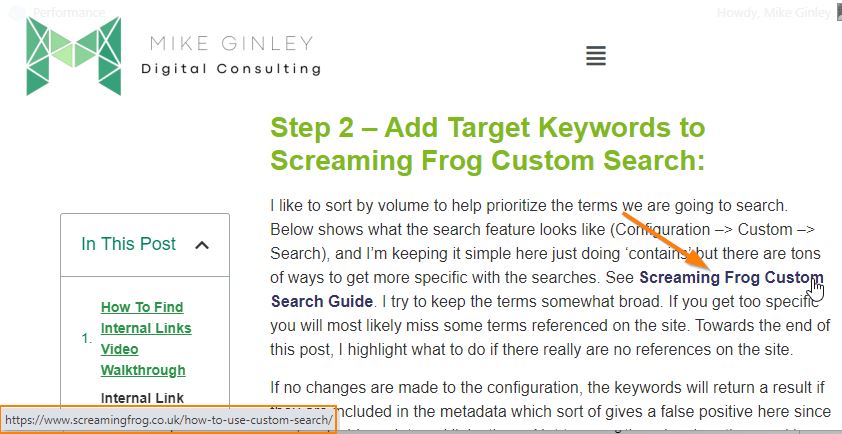TL;DR
- Internal linking is a potent yet often underestimated SEO tactic, crucial for website visibility and user satisfaction.
- Strategic internal linking benefits SEO by aiding search engines in understanding site structure and content hierarchy.
- Improving user experience is another key advantage, guiding visitors to valuable content and enhancing engagement.
- As a digital marketing consultant, I specialize in internal linking strategies to boost SEO, usability, and overall website visibility.
Internal linking is often overshadowed but undeniably crucial. Let’s unravel the importance of this powerful tactic, teasing the benefits it brings to SEO, websites, and user experience. While many focus on backlinks, internal links are the backbone, influencing search engines and users alike.
How Internal Linking Can Benefit Website Visibility
Internal links serve as breadcrumbs for search engines, guiding them through your website’s structure and content hierarchy. This clarity enhances indexation, boosting your site’s visibility.
Strategically linking to high-value pages, like product pages or blog posts, can catapult your website’s overall ranking. Consider the internal link as a vote of confidence in the importance of that specific page.
Example: A well-placed internal link from a high-traffic blog post to a product page can significantly enhance the product’s visibility.
See below – you should be able to know the page you are going to before even clicking on the anchor text. ‘Screaming Frog Custom Search Guide’ goes to that exact page, the anchor text shouldn’t be ‘learn more here’ or something broad like that.

Apart from rankings, internal linking contributes to SEO by reducing bounce rates and increasing page views. Engaging users with a seamless journey through your site translates into higher visibility.
Building a User-Friendly Website with Internal Links
Navigational Clarity for User Satisfaction
User satisfaction hinges on clear website navigation. Think of internal links as signposts, guiding users through a seamless journey to discover valuable content.
Examples of User-Centric Internal Linking
- Engagement Boost: Internal links suggest deeper dives into related topics, immersing users in invaluable content. Avoid linking for the sake of adding an internal link, they need to be related/helpful!
- Alternative Solutions: Offering links to related resources provides users with alternative solutions or additional information, enriching their experience.
- Conversion Funnel Guidance: Strategic internal links can guide users through a conversion funnel, leading them toward a desired action.
Metrics that Matter: User Experience Impact
Improved user experience doesn’t just make users happy; it positively reflects metrics like time on site, page views, and conversions. Internal linking isn’t just about SEO; it’s about crafting a user-centric digital experience.
Improve Your Website Visibility – My Expertise in Internal Linking & Website Visibility
Internal linking isn’t a one-trick pony; it’s a dynamic strategy benefiting SEO, website usability, and user experience. As a digital marketing consultant, I bring expertise to leverage these benefits for your business. Interested in improving your website’s organic visibility, contact me to learn more!
How can I help your business?
- Internal Linking Audits: Identify opportunities and optimize existing structures.
- Customized Strategies: Develop linking strategies aligning with SEO goals and user behavior.
- Analytics Implementation: Track and measure the success of internal linking efforts.
- Ongoing Support: Ensure your digital marketing strategy evolves and stays ahead.



